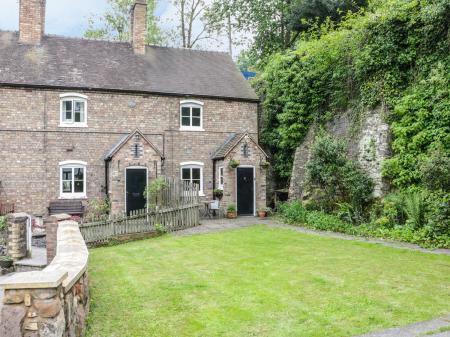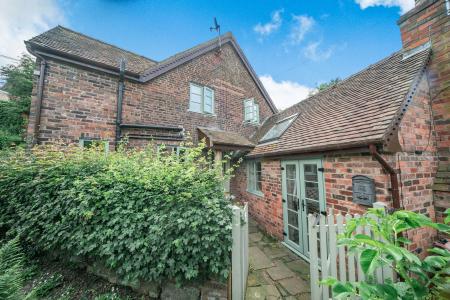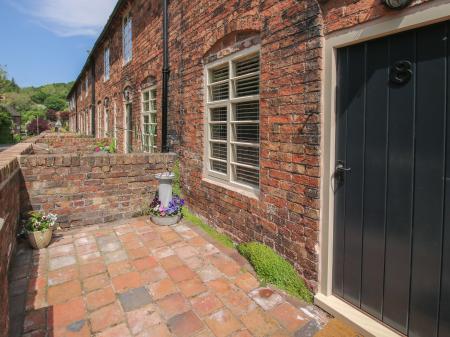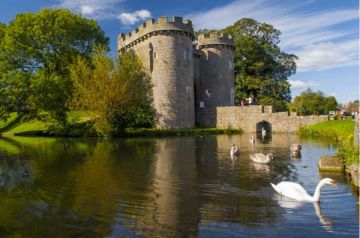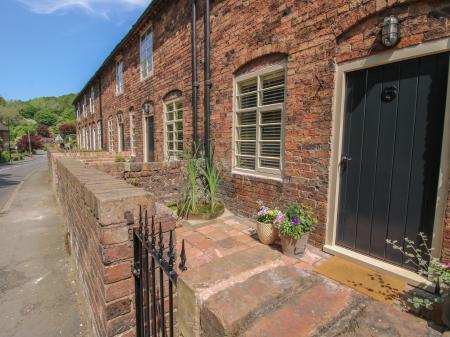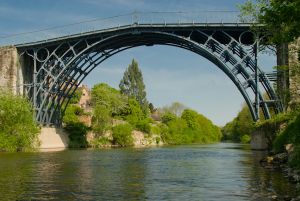
It would have possible to build a multiple span bridge, but that would have caused problems for barges that used the river, so the only possible solution was a single span bridge. However, traditional methods and materials would not allow a single-span bridge.
There seemed to be no solution before Shrewsbury architect Thomas Pritchard proposed a bridge made of iron. Unfortunately, Pritchard died before his design could be implemented. The bridge project was taken over by Abraham Darby III.
Darby cast a 30-metre long bridge in his foundry at Coalbrookdale, using 378 tons of iron in the process. Far from modern mass-production, the bridge sections were each individually cast, and differ from each other noticeably. Since the bridge was a manufacturing first, no one really knew how the pieces should be fitted together, so traditional woodworking joints were used.
The bridge cost over 6000 pounds, a very large sum for the times. Iron Bridge was officially opened to traffic on New Years Day, 1781. It remained in constant use until 1934. The bridge was then refurbished and strengthened to ensure its longevity.
More than just a utilitarian industrial design, Iron Bridge is a thing of beauty, with slender lines and a network of iron braces creating an effect almost like lace in places. It deserves its place as one of the great engineering milestones.
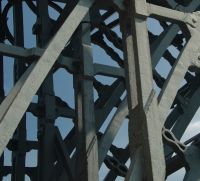
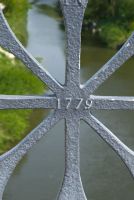
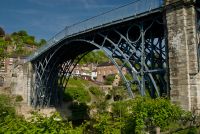
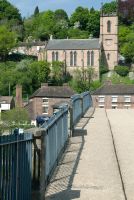
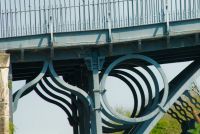
 We've 'tagged' this attraction information to help you find related historic attractions and learn more about major time periods mentioned.
We've 'tagged' this attraction information to help you find related historic attractions and learn more about major time periods mentioned.